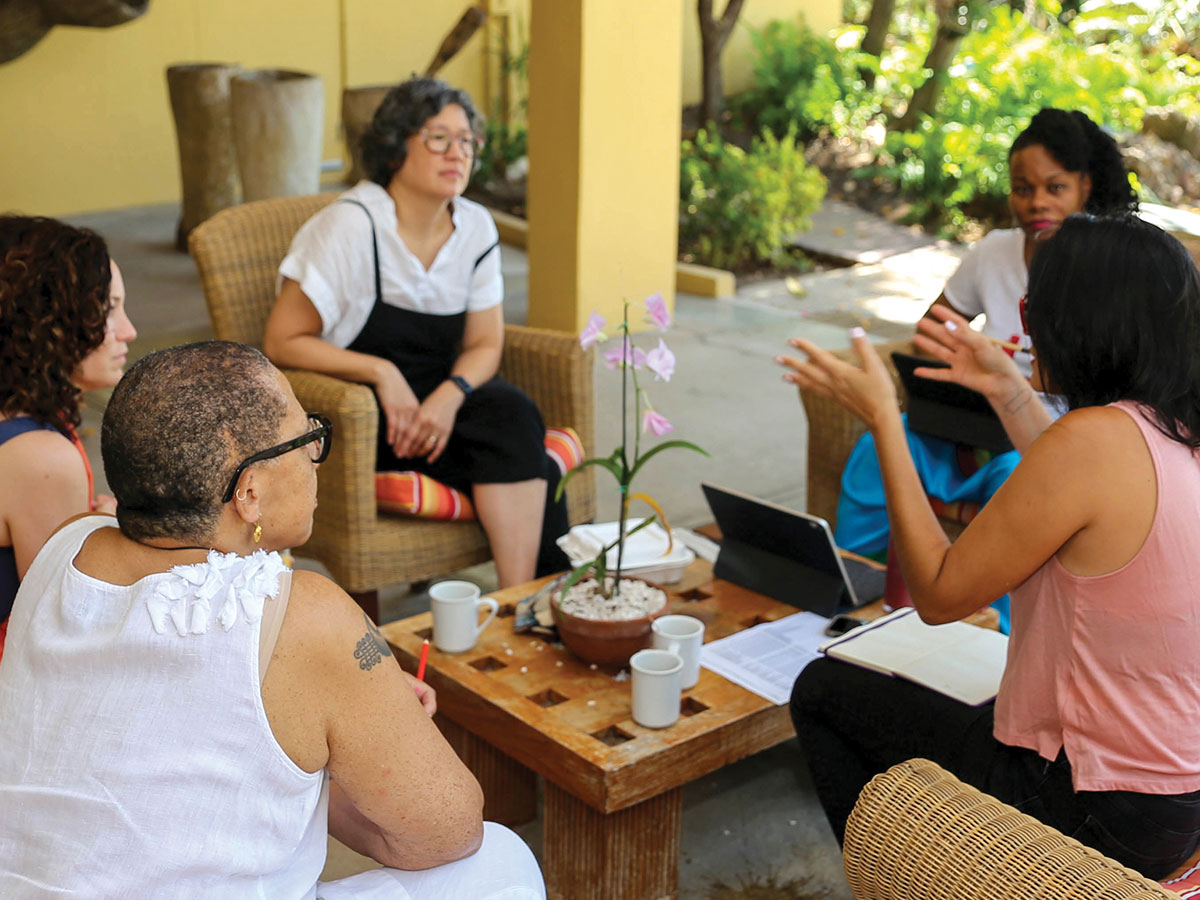Last week, Dr. Streamline talked with Gwyneth Tripp of the Blue Shield of California Foundation about taking on a new grants management system. Here, their conversation continues.
Dr. Streamline: What lessons or advice would you pass along to others, especially grants management staff, who are considering migrating to a new online system?
Gwyneth Tripp:
- Look in before you look out. It’s essential to step back and systematically look at your current system and your needs. It’s a huge professional and organizational development opportunity to get under the hood and move things around. Distill your needs down to the most essential – and then write those essential system specifications down. If we hadn’t had a written list that the staff had been involved in developing, the pressure on me to make decisions would have been intense. As it was, I could use the list to know what was truly important and what we could let go.
- Brain power is essential for system performance. The grantmaking system is a tool, but the technology itself is not the answer. For us, mapping our grantmaking process last year – the real steps (not the ones we had on paper) was illuminating. There were 426 steps and 112 handoffs in our actual process to get the grant to the finish line. We proposed a new process to take us down to 111 steps and 17 handoffs which means some dramatic changes to how we work and how we interact in the system We are still working to streamline this but we were able to meet or exceed all the systems hopes we had identified. Having had the conversation was key – it allowed me to move on important streamlining choices in building our system because we’d already set the stage for change
- Phone a friend. Reach out to as many people as you can who are in a similar role to get peer advice about what their experience was like. It gives you more confidence in what you’re getting into. I also have a tendency to figure out how to do things by myself, but this process demanded I learn how to work with an internal team, several partners, and keep the larger staff team engaged and informed. Early on, I contracted with Rebecca Van Sickle of 1892 Consulting who brought her expertise in Fluxx implementations, and especially in designing our adoption and training plan. I also had regular conversations with an operations consultant saavy in system implementations and my manager who is expert in system design and change management. It was a lot of rich feedback to take in and digest and really challenged me to remain receptive and willing to use help when offered. In the process, I grew in my ability to anticipate questions and information needs and to organize, shift course, and lead work of this scale effectively.
- Be the process advocate. You’ll need to communicate the end goal and the process in appropriate ways that maintain energy and enthusiasm, and to different audiences. We selected a theme and a mascot to make it fun and visible, I sent regular “Fluxxdates” to all staff and I eventually worked with my manager to develop some internal process documents to keep us connected and on task – but however you do it, you’ll need to remind people often of where you are in the process and be open to making adjustments from the conversations that ensue.
- Advocate for time and resources. Keep in mind that this is always going to be additive to other work for you and your implementation team. Advocating for the resources and time you need is important because you probably also have a demanding day job and may have taken on other ambitious assignments. Work with your manager to constantly refocus your time on the build – it will take all you can give it. Get external expert support for your needs to allow you to focus the build and adoption as much as you can.
- Keep your eye on the prize. Hold the end goal in mind – it’s easy to lose perspective when the actual work becomes hard and tedious. In theory, it could be super fun because you’re taking apart the backbone of your work and reshaping it… but in reality, there were weekends when I was spending time 7000 cells of information around in excel documents. Remember that each little thing you do is contributing to a more brilliant future.
Dr. Streamline is Jessica Bearman of Bearman Consulting, LLC. She provides facilitation, organization development, and research and development to help grantmakers and other mission-focused organizations align strategy, practice, and culture for greater effectiveness, equity, and joy.


